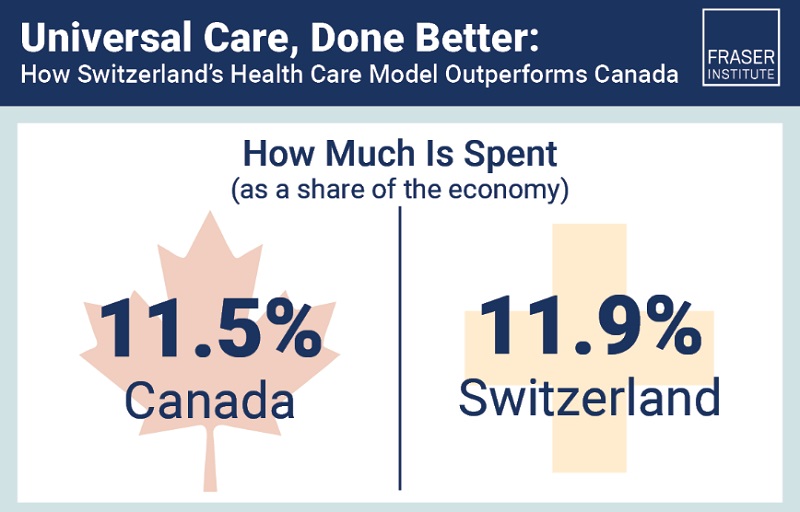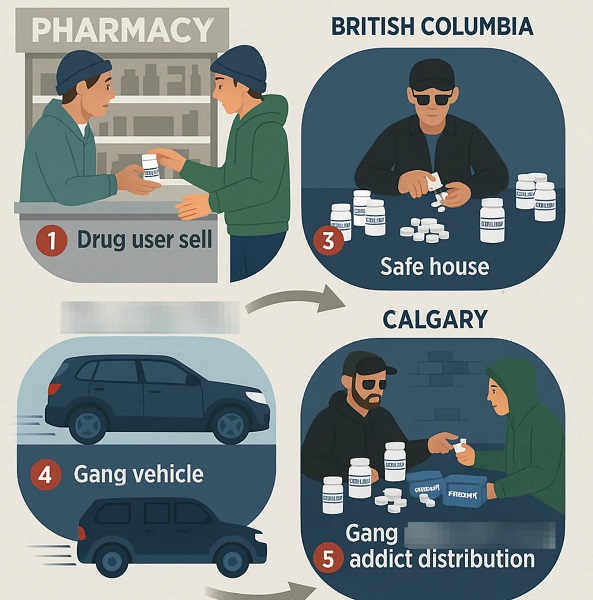Business
Bureaucracy balloons while less than 50 per cent of government performance targets are consistently met
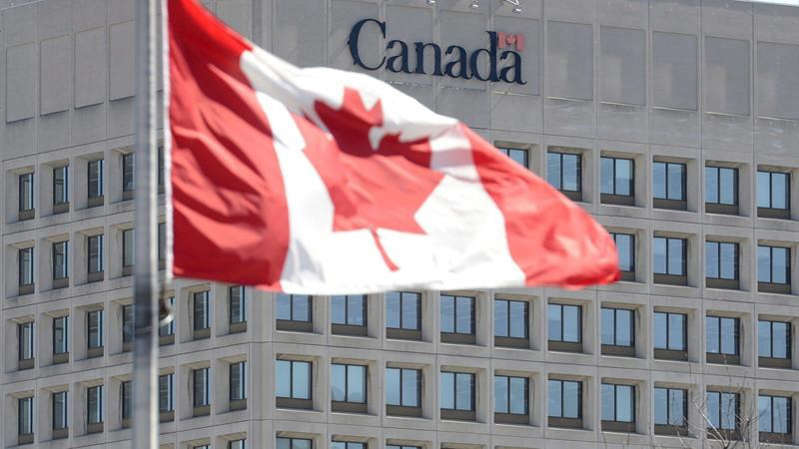
The federal government added 98,986 employees since 2016, bringing the number of federal bureaucrats to 357,965, according to data from the Treasury Board of Canada Secretariat.
“The last thing Canadians need is a bloated government full of highly paid paper pushers,” said Franco Terrazzano, CTF Federal Director. “If politicians want to provide tax relief and start paying down the federal debt, they need to shrink government bureaucracy.”
The federal government reduced its payroll by 9,807 employees over the last year. However, the federal government still has 98,986 more employees than it did in 2016 – a 38 per cent increase.
The average annual compensation for full-time federal bureaucrats is $125,300, when pay, pension, and other perks are accounted for, according to the Parliamentary Budget Officer.
Taxpayers would save about $7 billion annually had the federal bureaucracy grew in line with population growth over the last 10 years.
There are seven federal departments and agencies that have more than doubled their number of employees since 2016, including:
- Infrastructure Canada (375 per cent)
- Women and Gender Equality Canada (334 per cent)
- RCMP External Review Committee (229 per cent)
- Elections Canada (173 per cent)
- Immigration and Refugee Board of Canada (158 per cent)
- Financial Consumer Agency of Canada (154 per cent)
- Impact Assessment Agency of Canada (127 per cent)
Employment and Social Development Canada added the greatest number of employees since 2016. The department added 16,842 employees since 2016 – a 75 per cent increase.
The Canada Revenue Agency added the second greatest number of employees over the decade. The CRA added 13,015 employees since 2016 – a 33 per cent increase.
“It’s good to see the bureaucracy shrinking a little bit, but it’s still too bloated and too expensive,” Terrazzano said.
It isn’t just the size of the federal bureaucracy that’s ballooning – the cost is too.
The PBO estimates the federal bureaucracy cost taxpayers $69.5 billion in 2023-24. In 2016-17, the cost of the bureaucracy was $40.2 billion. That’s an increase of 72.9 per cent.
The federal government handed out more than one million pay raises between 2020 and 2023, according to government records obtained by the CTF. The federal government also rubberstamped more than $1.5 billion in bonuses for bureaucrats since 2015.
Given the rash of bonuses and pay raises, on top of new hires, Canadians might wonder: how well are things running in Ottawa?
Less than 50 per cent of the government’s own performance targets are consistently met by federal departments within each year, according to a March 2023 report from the PBO.
“We are also committed to capping, not cutting, public service employment,” according to the Liberal Party’s 2025 election platform.
“Prime Minister Mark Carney’s promise to cap the bureaucracy doesn’t go nearly far enough and just entrenches the Trudeau government’s costly bureaucrat hiring spree,” Terrazzano said. “Taxpayers need politicians to cut the bloated bureaucracy and make pay and perks more affordable.”
Business
Ottawa must listen to the West

If Prime Minister Mark Carney doesn’t listen to the West, it’s going to cost Canada.
Alberta Premier Danielle Smith and Saskatchewan Premier Scott Moe are demanding that Ottawa stop stomping on their provinces’ natural resource production.
Smith is telling Carney to scrap the no more pipelines law, Bill C-69, lift the cap on Alberta’s energy and cancel the looming ban on the sale of new gasoline and diesel vehicles.
Moe is stepping in sync with Smith, listing Saskatchewan’s demands in a letter, calling for changes to the no more pipelines law, saying, “there are a few policies that are going to have to go.”
Moe is also taking aim at the industrial carbon tax saying “the tax can’t be charged on the electricity for Saskatchewan families.”
The new prime minister says he’s listening.
“I intend to govern for all Canadians,” said Carney in his election victory speech.
If that’s true, Carney must heed the demands of Smith and Moe, because Ottawa’s anti-West policies are damaging the economy and costing taxpayers a truckload of money.
How much?
Ottawa’s cap on oil and gas emissions – which creates a cap on production – will cost the Canadian economy about $20.5 billion and slash 40,000 jobs by 2032, according to the Parliamentary Budget Officer.
Canada has also seen nearly $670 billion in natural resources projects suspended or cancelled, since 2015.
To put that kind of money into perspective: $670 billion would pay for the salaries of hundreds of thousands of paramedics and police officers, for a decade.
That’s the equivalent to the value of more than one million houses in Alberta or almost two million homes in Saskatchewan.
That kind of money is worth the entire income tax bills for the populations of Alberta, Saskatchewan and Manitoba for about 10 years.
That’s just the lost money from natural resources.
Carney’s looming ban on the sale of new gasoline and diesel vehicles also has a huge price tag.
Canada’s vehicle transition could cost up to $300 billion by 2040 to expand the electrical grid, according to a report for Natural Resources Canada.
If Carney is serious about boosting the economy and governing for all Canadians, getting the government out of the way of natural resource projects and scrapping the expensive plan to stop people from buying new gas and diesel vehicles is a good first step.
The West has been firmly asking for Ottawa to mind its own business for years.
Cancelling the industrial carbon tax is another way for Carney to show that he’s serious about growing the economy and governing for all Canadians.
On the same day Carney scrapped the consumer carbon tax, the Saskatchewan government dropped its industrial carbon tax down to zero.
“By eliminating industrial carbon costs which are often passed directly on to consumers – the province is acting to protect affordability and economic competitiveness,” said the Saskatchewan government’s news release.
Alberta’s industrial carbon tax is now frozen. Increasing the tax above its current rate would make Alberta “exceptionally uncompetitive,” according to Alberta Environment Minister Rebecca Schulz.
Business groups in both provinces lauded each premier, saying it would make their industries more competitive and help bring down costs.
When Ottawa forces businesses like fuel refineries or fertilizer plants to pay the carbon tax, they pass on those costs on to taxpayers when they heat their homes, fill up their cars and buy groceries.
If companies are forced to cut production or leave the country because of the industrial carbon tax and policies like the energy cap, it’s regular Albertans and Saskatchewanians who are hurt the most through job losses.
If Carney intends to govern for all Canadians he needs to listen to Smith and Moe and scrap these policies that are set to cost taxpayers billions and slash tens of thousands of jobs.
Kris Sims is Alberta Director and Gage Haubrich is Prairie Director for the Canadian Taxpayers Federation.
Business
Oil producers brace for market share battle
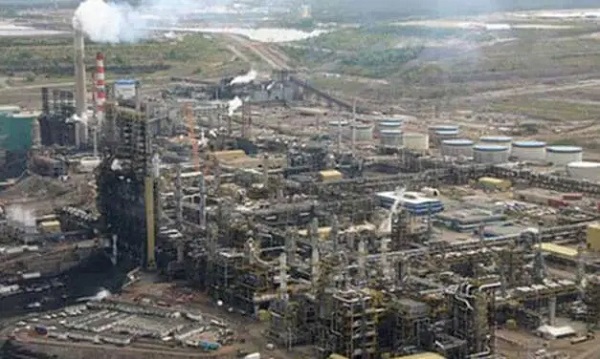
This article supplied by Troy Media.
 By Rashid Husain Syed
By Rashid Husain Syed
OPEC+ launches a crude oil price war, and everyone will feel the pain
The gloves are off. OPEC+—the alliance of major oil producing countries led by Saudi Arabia and Russia —has abandoned its price-support strategy. Instead, it’s flooding the market to punish overproducers and claw back market share, regardless of the consequences.
For three consecutive months, despite falling prices, OPEC+ has ramped up output, bringing back 1.37 million barrels per day to the market. Until recently, it had withheld 5.3 million barrels per day—about five per cent of global supply—to stabilize prices. But that restraint is vanishing fast. The group is now rolling back voluntary cuts at high speed, opening the taps just as global markets are showing signs of oversupply.
Geopolitical developments are adding fuel to the fire. A possible breakthrough between Iran and the United States could put even more crude back into circulation. Meanwhile, Russia continues to find ways to move oil despite sanctions.
On top of that, U.S. production hit an all-time high in March at 13.499 million barrels per day, surpassing the previous record set just months earlier. Shale producers in the Permian and Gulf Coast regions continue to churn out oil, even as drilling slows elsewhere.
This rising tide of supply spells trouble for all producers, but it presents a unique challenge for jurisdictions like Canada, where oil sands production is a major driver of jobs, investment and government revenue.
Oil sands projects require massive upfront capital and long lead times, making new investments harder to justify in a weak price environment. Yet once built, these operations are remarkably resilient, with low ongoing costs and long production lifespans.
Major Canadian producers like Canadian Natural Resources can remain profitable even when West Texas Intermediate—a key oil price benchmark—falls into the low-to-mid US$40s. That long-term efficiency offers a structural advantage over U.S. shale, which depends on constant reinvestment. Still, prolonged low prices can stall future oil sands development and weigh on government budgets.
Meanwhile, demand is faltering. U.S. consumption dropped to its lowest level in a year, with total petroleum products supplied falling to 19.95 million barrels per day, a red ag for refiners heading into the crucial summer driving season.
Hopes that India might offset global demand weakness are fading. While its economy is growing, “India’s volumes aren’t anywhere near the Chinese boom in consumption that began in the early 2000s,” wrote Tsvetana Paraskova in Oilprice.com. Those who expected India to be the “next China” are in for disappointment. Between 2000 and 2025, Chinese crude demand growth averaged 485,000 barrels per day, noted Bloomberg opinion columnist Javier Blas. In contrast, India’s crude demand growth is just around 200,000 barrels per day annually, less than half of China’s booming growth during the 2000s and 2010s.
This growing mismatch between surging supply and tepid demand is already taking its toll. Brent price forecasts have been revised downward for the third straight month. Analysts now expect it to average just US$66.98 in 2025. U.S. crude is forecast to average US$63.35. These are bleak numbers for producers across the board.
As Rystad Energy’s Jorge Leon puts it, “Three strikes from OPEC+, and none were softballs. May warned, June confirmed, and July fires a shot across the bow.” The message is clear: OPEC+ is done playing nice.
This is a direct challenge to North American shale and high-cost producers like Canada. With the market saturated and demand falling short, the price pressure is mounting. Unless producers adapt quickly, they’re in for a punishing stretch.
The global oil market is being reshaped in real time, and the consequences will be felt in boardrooms and across national economies.
Toronto-based Rashid Husain Syed is a highly regarded analyst specializing in energy and politics, particularly in the Middle East. In addition to his contributions to local and international newspapers, Rashid frequently lends his expertise as a speaker at global conferences. Organizations such as the Department of Energy in Washington and the International Energy Agency in Paris have sought his insights on global energy matters.
Troy Media empowers Canadian community news outlets by providing independent, insightful analysis and commentary. Our mission is to support local media in helping Canadians stay informed and engaged by delivering reliable content that strengthens community connections and deepens understanding across the country.
-
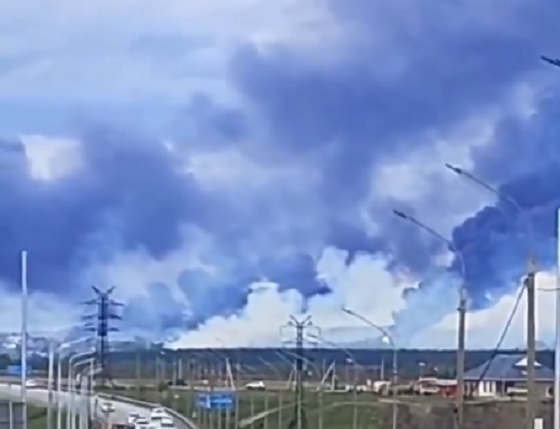
 conflict1 day ago
conflict1 day ago“Will Be in History Books”: Zelensky Hails Long-Range Drone Strike That Hit Dozens of Russian Bombers
-
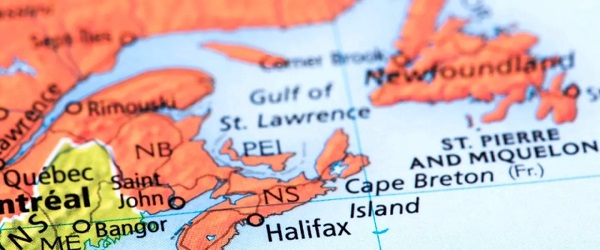
 Fraser Institute2 days ago
Fraser Institute2 days agoAtlantic provinces should focus on growth—despite Carney’s transfer policies
-
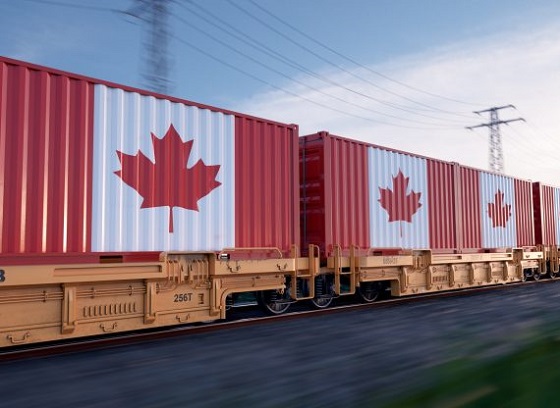
 Business1 day ago
Business1 day agoRemoving barriers to trade between Alberta and the rest of Canada could grow our economy by $72.1 billion, says the MEI
-
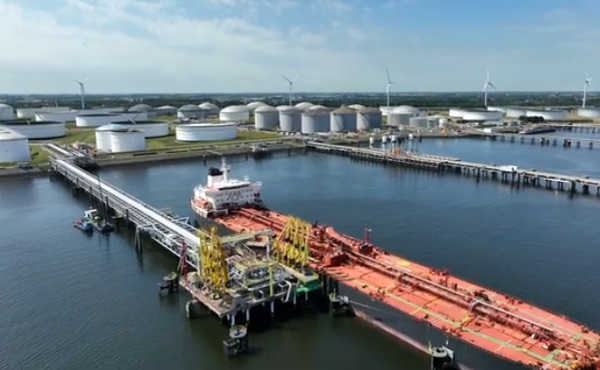
 Economy2 days ago
Economy2 days agoCanada Treats Energy As A Liability. The World Sees It As Power
-

 COVID-1910 hours ago
COVID-1910 hours agoApproval of new COVID-19 vaccine dashes hopes Trump admin would close the book on controversial shots
-

 Business1 day ago
Business1 day agoGovernments must work to improve Canadian living standards despite recent good news
-

 Business21 hours ago
Business21 hours agoOil producers brace for market share battle
-

 Crime1 day ago
Crime1 day agoTerror in Boulder: Woman set on fire during pro-Israel hostage walk




